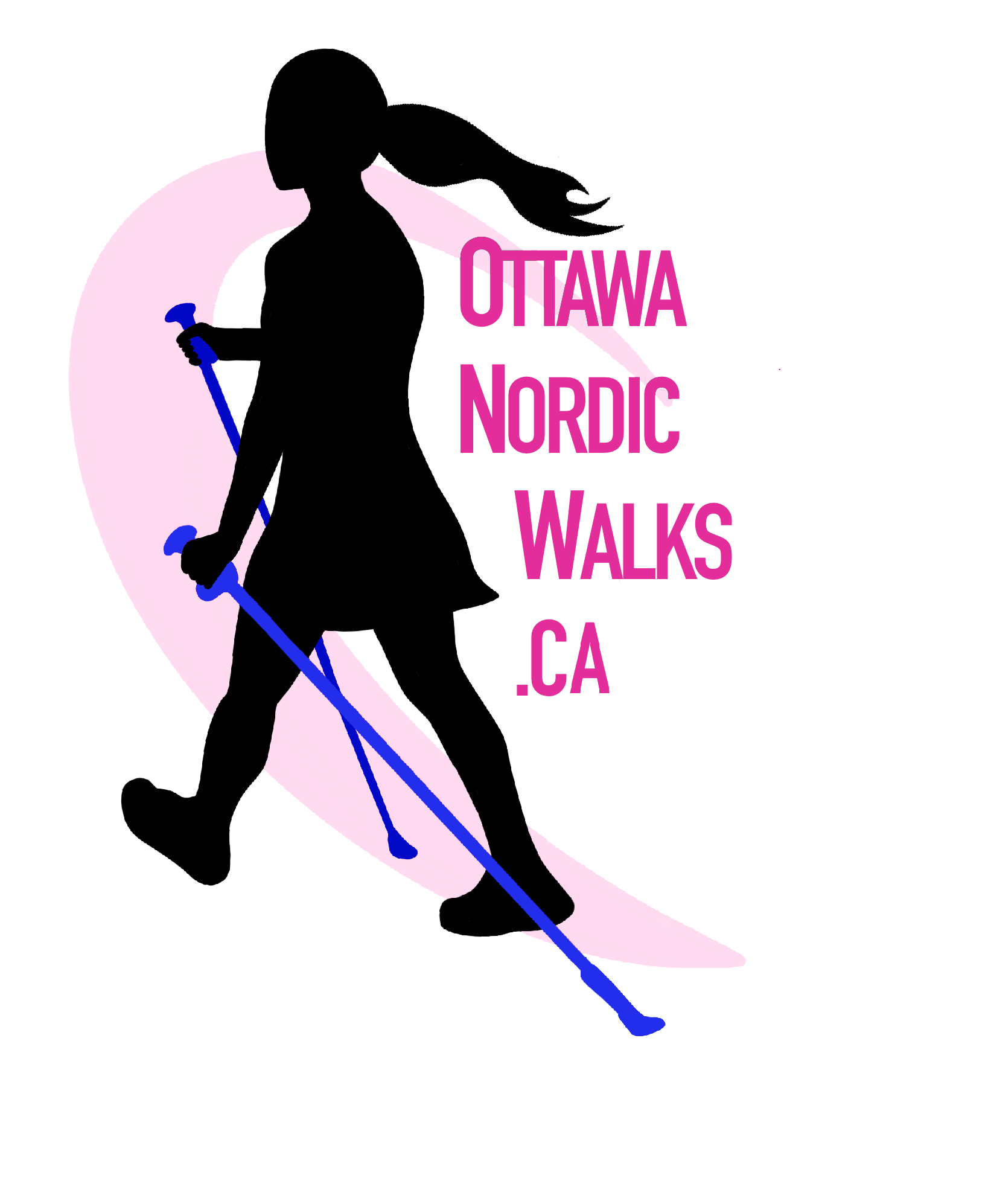Giving your body the rest it needs to recover from an injury is often more painful than the pain of the injured tissue itself. For injured athletes, staying still can feel impossible.
Discuss with your physiotherapist or other health professional how Nordic walking can help you stay active and maintain cardiovascular fitness, while protecting an injured joint. From the time man first picked up a tree branch to use as a cane, studies have shown that offloading the joints of the spine, hips, knees, ankles and feet are critical to facilitate healing after a fracture, ligament sprain, muscle strain or other injury.
A common rehabilitation recovery challenge is finding the right balance between rest/protection and movement. Without movement your muscles weaken and tighten, and bone health, balance and cardiovascular fitness diminish, not to mention what it does to your mood. However, too much movement too soon can strain healing tissue and put you weeks back in your recovery.
Nordic walking helps you exercise the upper body, core and cardiovascular system while protecting your lower body. It may be the activity that gets you moving outside, and successfully navigating that challenging recovery phase.
For the upper body, Nordic walking takes your shoulders through a safe and comfortable range of motion while strengthening those hard to target postural muscles of your back and improving neck and upper spine posture. It can be an important part of a rehabilitation program for frozen shoulder, rotator cuff tendinitis, headaches and more.
Don’t suffer through a prolonged frustrating recovery, learn how Nordic walking can help!




